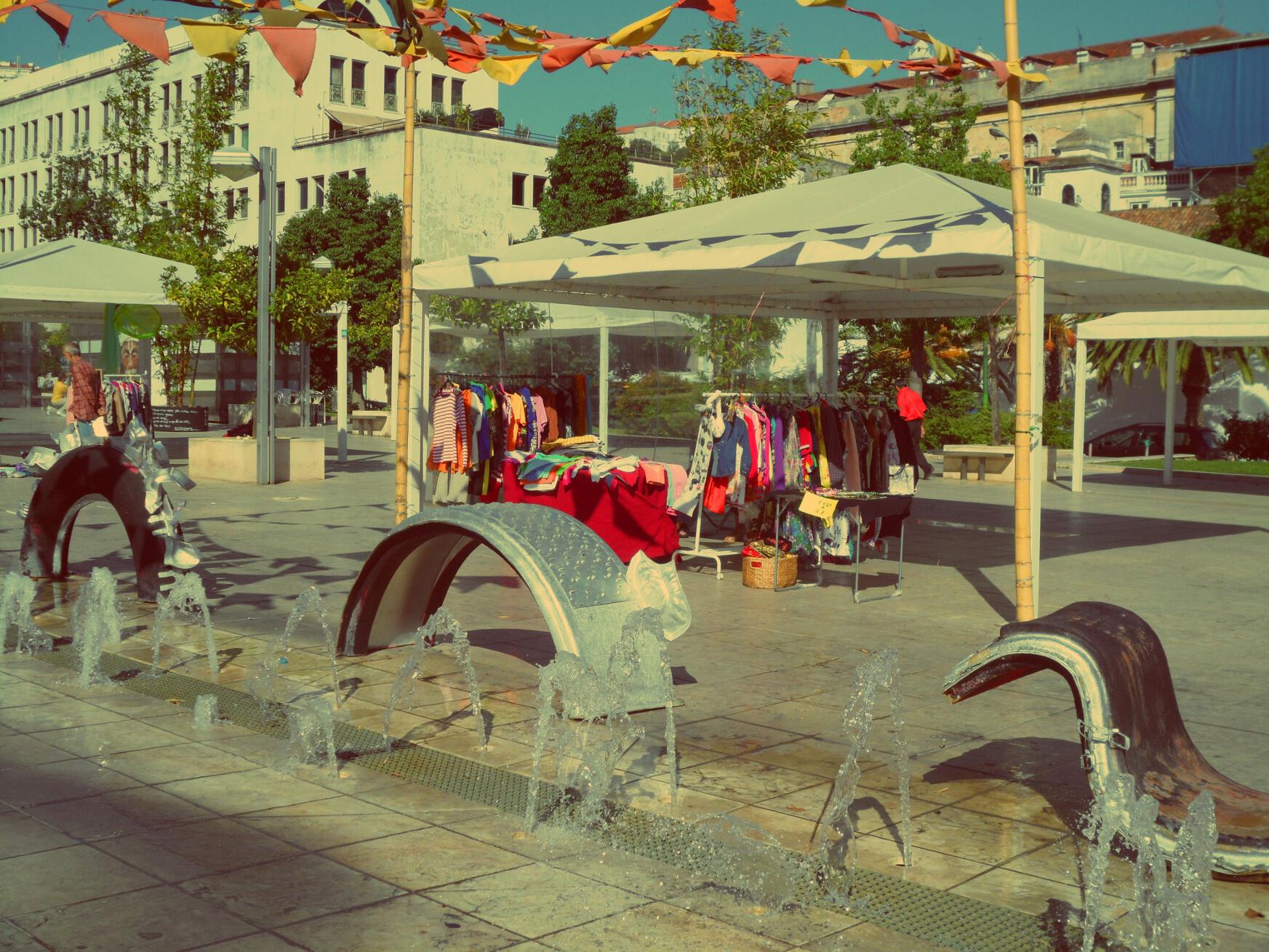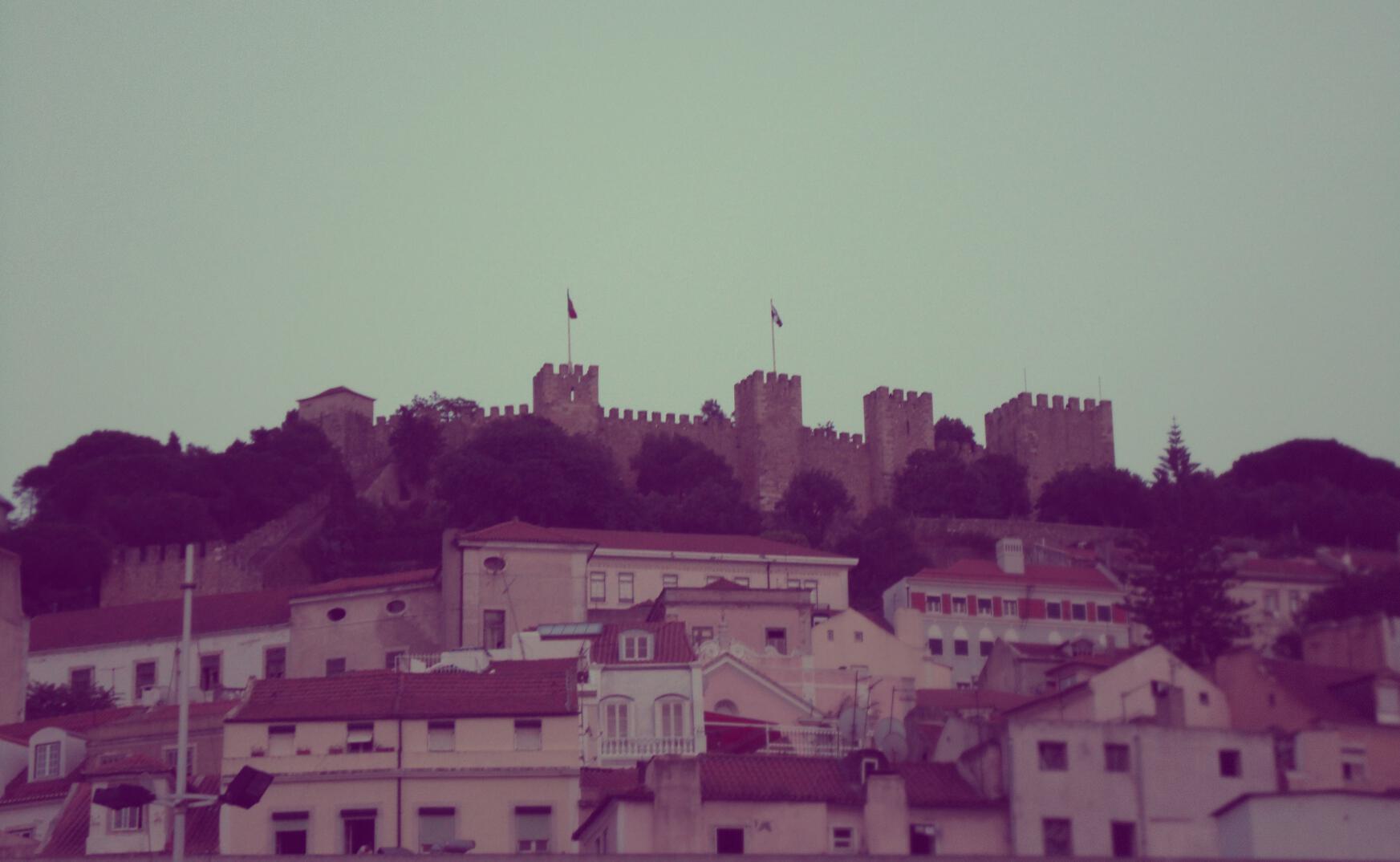The urban jungle of Lisbon offers a fusion space where the ancient and the modern mix with cuisine and culture from around the world.
It smells good, it smells of Lisbon. But this summer Lisbon also smells like other places, where different aromas and flavours invade the senses, awakening new sensations. In the centre of Martim Moniz Square is the Fusion Market (Mercado de Fusão), a dynamic space with ten kiosks that invites you on a tasting trip of delicacies that defy imagination. In addition to the food, the square is also enlivened with various cultural activities, such as films, exhibitions, workshops and music. On Saturday, the weekly Fusion Market fair takes place, where people sell various organic products, crafts, antiques, books, and more.
The idea of the Fusion Market came from José Filipe Rebelo Pinto, curator of other cultural projects in Lisbon, such as Out Jazz (free open air music in the summer months) and the redevelopment of the area around Cais do Sodré. The fusion project started with the aim of restoring one of the oldest neighbourhoods of Lisbon; Mouraria (the Moorish quarter), where history meanders all over the streets. In a maze of narrow streets and old houses, there breathes the simplicity of the people, each one with their own history and culture.
The kiosks were transformed into small restaurants which are open every day, all year round. In these kiosks, which are reminiscent of small caravans, a global cuisine is to be found, offering Arab, Asian, African, Brazilian, Peruvian and Portuguese dishes.
At the Preta kiosk it’s essential to taste the piri piri clams and other dishes which hark back to Africa. At Botequim de Moniz, allow yourself be surprised by the aromas of the Rio dishes; move on to Wasabi, where crispy crab rolls melt in the mouth, while the BBTMX kiosk specialising in Chinese food also jostles for your attention. The journey continues to South America, as Peruvian dishes delight curious visitors to the El Cartel kiosk. Finally, there is the Xico Esperto kiosk, where national flavours announce their presence, with Azeitão cheese and pumpkin jam.
While I try some of these dishes, I watch the indecisive people who just don’t know what to choose. There is something in the food that tells us about the temperament of each culture. The spicier or sweeter dishes reflect important characteristics about the intimate way that each person feels the different flavours and incorporates their intensity in their behaviour and vivacity. Through food one can travel within each land and discover the inner secrets that nourish the soul and spirit of its people.
Slowly, I get up from the table and decide to walk through the Moorish quarter. My feet feel the cobblestone while my eyes show me the simplicity of the ancient architecture. The Moorish quarter is an urban neighbourhood with an indisputable Arab legacy, where different cultures have been mingling with the Portuguese popular culture for a long time. Since the rise of immigration in the twentieth century, the neighbourhood has increasingly come to be inhabited by people from other countries, with a multicultural local commerce, where Chinese, Indian, Pakistani, Arab or Russian shops extend through the avenue and into other streets. There is a growing cultural diversity, where the various religions are reflected in the Buddha statues at the entrance of the Chinese restaurants, in the veils that cover the faces, or in the colourful saris of the Indian women, allowing us to sense the presence or absence of God. In this vibrant and intense environment, silence dwells only in the eyes. The 900 years of the neighbourhood’s history hides many mysteries, each one with its joy and sadness.
In fact, the Lisbon City Council is investing in several rehabilitation plans of the quarter. The project is still in development and is slowly changing people’s perceptions of the neighbourhood. In the last ten years, Lisbon has been receiving more and more people from other parts of the world, each one bringing a bit of their culture and cuisine, enriching the urban landscape.
In this welcoming city, summer can be a journey to the past while being in the present, where the world is closer than we imagine. Dare to follow the scents of saffron, pepper, and other spices, while, without noticing it, you travel around the world.
[crp]








Recent Comments